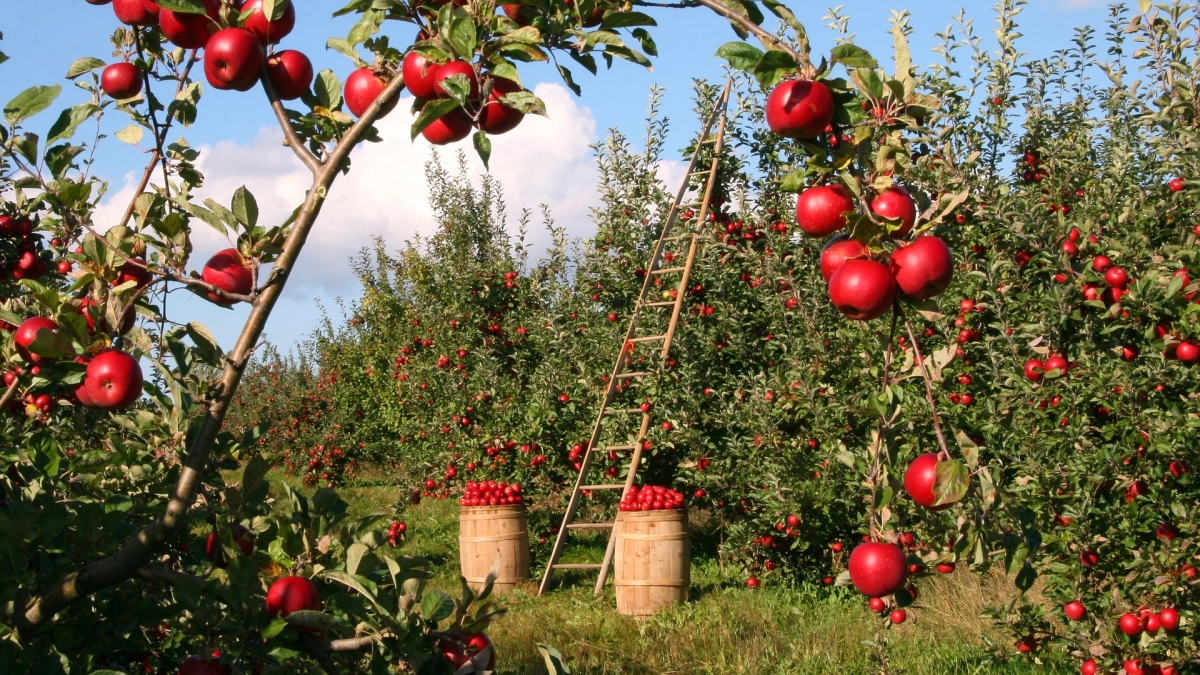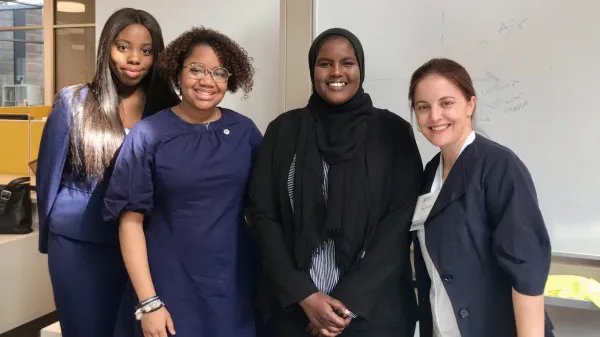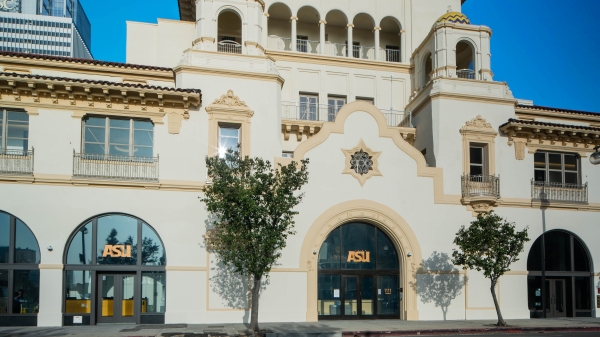ASU researcher to explore farm labor shortages, immigration policy
Agribusiness professor finds that deporting undocumented workers would have huge cost impact

That plate of beautiful vegetables on your table is the result of a complicated matrix of farm labor, wages, costs and consumer prices. The growers who produce those vegetables have been sounding the alarm in recent years that the lack of farm labor is cutting into their livelihoods and leaving crops unharvested in the fields.
An Arizona State University professor has been examining the issue of farm labor and how immigration policy could affect how much you pay for those vegetables. The research is so important that now the U.S. Department of Agriculture has given Timothy Richards, a professor in the W. P. Carey School of Business, a two-year grant to delve deeper. He’ll be working with colleagues at Cal Poly and Cornell universities.
In preliminary research, Richards created a theoretical model to examine farm labor and showed that widespread removal of all undocumented farmworkers would result in skyrocketing wages that would squeeze growers and likely cause prices at the grocery store to spike.
“The Western Growers Association approached me a few years ago to look into the problem of how they could get more temporary workers to work on their farms, mainly during harvesting season but also some jobs year-round,” said Richards, who holds the Marvin and June Morrison Chair of Agribusiness.
“The growers reported that they were leaving substantial amounts of crops in the field because they couldn’t get enough workers.”
The labor problem is severe, particularly in California, which on March 31 celebrates the birthday of Cesar Chavez, an activist who drew attention to the plight of farmworkers in the 1960s and '70s. Recent surveys show:
• Nearly 70 percent of farmers surveyed by the California Farm Bureau Federation reported labor shortages in 2017, with the most severe shortages among growers of tree fruit and wine grapes. About 15 percent said they could hire fewer than half the workers needed.
• In response to the labor shortfall, half the growers increased wages, benefits and incentives to both attract and retain workers. One-third of the growers had to forgo labor-intensive management of their crops, such as pruning. About 9 percent reported leaving crops to rot unharvested in the fields.
• Nearly two-thirds of the growers hire their farm laborers directly, and about half the workers are undocumented. Fewer than 3 percent of growers use the H2A agricultural immigration program due to high cost and bureaucratic difficulties.
• Americans don’t want to do farm labor. A national survey by the National Council of Agricultural Employers conducted in 2010, during the recession, found that 68 percent of unemployed people who were referred to farm labor jobs rejected those jobs. Of those who took the jobs, only 5 percent worked through the contract period.
Richards will be using a unique data set, called the National Agricultural Workers Survey, an annual assessmentThe 2016 survey results found that the average hourly wage is $10.60. About 6 percent said they were not provided with water and drinking cups at their worksite, and 3 percent reported there was no toilet. by the U.S. Department of Labor.
“Our data set will include 35,000 workers from 1989 to 2014 who were asked everything about their experiences working on farms,” he said.
Richards’ preliminary research looked at a hypothetical situation: “If we kick all the undocumented people out in our survey, what would happen to wages?”
“What I found is, if growers had to raise wages enough to hire people, wages would have to increase by about 46 percent.”
With apples and peaches, about 80 percent of the production cost is labor for harvesting.
“So if you increase that 80 percent by 50 percent, you get a 40 percent increase in cost and American consumers don’t like paying more for food,” he said. “We’ll be importing more from Mexico, and there will be a lot more incentive to have people come illegally because of the higher wages.”
But the dynamics of farm labor are very complicated, due partly to human behavior. Richards talked to different growers and got an interesting response from one apple grower.
“They’re innovating and producing these apples on semi-dwarf trees, which are so super easy to harvest that the workers barely need ladders. Perfect — labor problem solved,” he said.
“It turns out, the grower pays by the box, not the hour. They found the workers would come in, pick a ton of apples, hit the income they wanted from that day and then leave before all the apples were harvested,” he said.
“So how do we design these incentive schemes within constraints of minimum-wage laws and with how people really behave?”
The research team will look at the huge nationwide data set, as well as more granular labor and wage data from a strawberry farm in the Central Coast of California. And they will look at the effects of immigration policy, specifically a California law that allowed counties to decide whether to partner with U.S. Immigration and Customs Enforcement to act as immigration officers.
“As economists, we’re concerned about the labor market effects if people are scared about being asked to document themselves and if that makes them more likely to leave,” he said. “My colleagues will be studying whether there was more shortage of workers in those counties that agreed to those partnerships than the counties that did not.”
Richards hopes the research can better inform agricultural policy.
“The unions say it’s the growers’ fault that there’s not enough workers and if they were paid more, the problem would be solved, but research says that’s not exactly true,” he said.
“At the end of the day, there are not enough people out there who like doing that job, and even people who choose to do it don’t want to do more of it, even if we pay them more.”
Top image by Pixabay
More Law, journalism and politics

School of Politics and Global Studies director's new book explores mass violence
Why do people commit atrocities and why are certain groups, including religious and ethnic, more vulnerable to large-scale violence? These questions are explored in a new book by Güneş Murat Tezcür…

ASU faculty contributing to improvement of Wikipedia
Many academics have a love-hate relationship with Wikipedia. While the website has information about almost anything you can imagine, the credibility of that information is sometimes suspect. Tracy…

ASU Law students gain vital experience through Los Angeles location
Students at the Sandra Day O’Connor College of Law at Arizona State University may be concentrated in the school’s downtown Phoenix headquarters, but they have more choices than ever when it comes to…